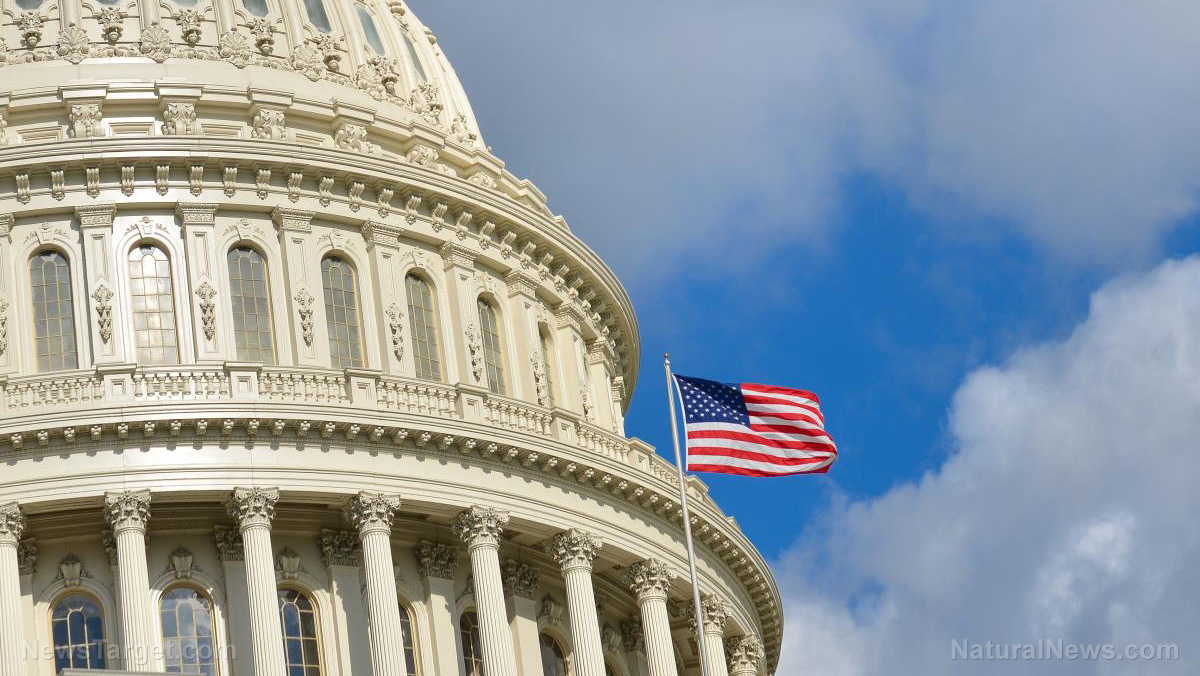Disaster preparedness: 4 Levels of disasters and how to prepare for each one
05/06/2021 / By Divina Ramirez

Not all disasters are made equal. For instance, a shortage of essential supplies at the local supermarket requires a different response and a different preparedness plan than a life-threatening earthquake or winter storm.
To put it simply, disasters differ in terms of severity. Creating an emergency preparedness plan based on a disaster’s severity affords you a better chance of survival when disaster strikes than using the same plan for any and all disasters.
Moreover, creating emergency plans this way helps cut beginner preppers some slack. All too often, prepping is an immensely overwhelming task when it shouldn’t be. With this new strategy, you get to make your emergency preparedness plans one disaster level at a time and be as thorough as you like.
Here are the four main levels of disasters plus tips on how to prepare for each one:
Level 1: Personal emergencies
Personal emergencies refer to situations that even non-preppers face. These include running out of food, water, toilet paper and other essential supplies you need every day. Running out of money also qualifies as a personal emergency as it can have disastrous outcomes, such as being unable to purchase essential goods or even getting evicted from your home.
Losing your job or paying off a medical bill that leaves you penniless also count as personal emergencies.
The good news is, personal emergencies are the easiest to prep for. For instance, you can slowly build up a little stockpile by buying extra supplies during each grocery run. You should have a sizeable stockpile after a few months without having splurged. A stockpile like this can see you through for a few days if a personal emergency came up.
It is also a good idea to slowly build an emergency fund. Having extra money set aside for minor renovations or necessary repairs ensures you’re not left penniless after addressing money-related problems like those.
Level 2: Short-term problems
The next level of disaster includes small or minor emergencies that cause inconvenience. A blackout that lasts a day or more, a leak in your pipes that affect water flow or a blizzard that keeps you at home for a few days qualify as small emergencies.
The important thing to remember is that situations at this level are not life-threatening. That said, they do need more careful planning than simply creating a stockpile. If you’re preparing for a power outage, acquire a generator, flashlights and spare batteries. If you’re preparing for a water service interruption, buy a water filter or fill a large outdoor water container with enough water for bathing for a few days.
Level 3: Manmade and natural disasters
Level 3 disasters present bigger and more pressing concerns, such as wildfires, tornadoes, massive earthquakes or landslides. These disasters usually arrive without a moment’s notice and carry with them the risk of death and destruction of property. Plane crashes, chemical spills and nuclear accidents count as Level 3 disasters.
Disasters in this level are more frightening and can be more difficult to prepare for. But it’s not impossible. You may have to do more serious preparations, like preparing a thorough evacuation plan in case of a wildfire, flash flood or earthquake. You need to plan for pets and livestock as well.
Level 4: SHTF situation
The final level of disasters is reserved for situations of catastrophic proportions, such as SHTF scenarios. These situations can have massive and long-lasting impacts on an entire region. They could cause hundreds or thousands of deaths, cripple the economy or ravage the environment.
Situations that belong to this final level are war, recessions, solar flares and massive hurricanes. When it comes to a Level 4 event, it won’t matter how many supplies you store. They will eventually run out and you may be forced to hunt for food, build makeshift shelters and tend to your own wounds without professional help.
But you don’t have to attend a training camp to learn these survival skills. There are also lots of websites that publish how-to articles. You can also watch videos, read books or ask for advice from seasoned preppers.
Seasoned preppers don’t just come up with a single preparedness plan and call it a day. If you want you or your family to have a fighting chance when disaster strikes, you should take your prepping to the next level and make a preparedness plan for each level of disaster. It will take more time initially, but you’ll thank yourself for it the next time something unexpected happens. (Related: Prepping basics: A 10-item checklist for beginner preppers.)
Preparedness.news has more articles about preparing for emergencies, disasters and SHTF scenarios.
Sources include:
Tagged Under: calamities, chaos, Collapse, crisis, disaster, disaster levels, disaster prepardeness, distaster planning, emergency planning, emergency plans, emergency preparedness, how-to, preparedness, prepper, prepping, SHTF, survival, survivalist
Get independent news alerts on natural cures, food lab tests, cannabis medicine, science, robotics, drones, privacy and more from NewsTarget.com
Get independent news alerts on natural cures, food lab tests, cannabis medicine, science, robotics, drones, privacy and more from NewsTarget.com
RECENT NEWS & ARTICLES
SHTF.News is a fact-based public education website published by SHTF News Features, LLC.
All content copyright © 2018 by SHTF News Features, LLC.
Contact Us with Tips or Corrections
All trademarks, registered trademarks and servicemarks mentioned on this site are the property of their respective owners.





















